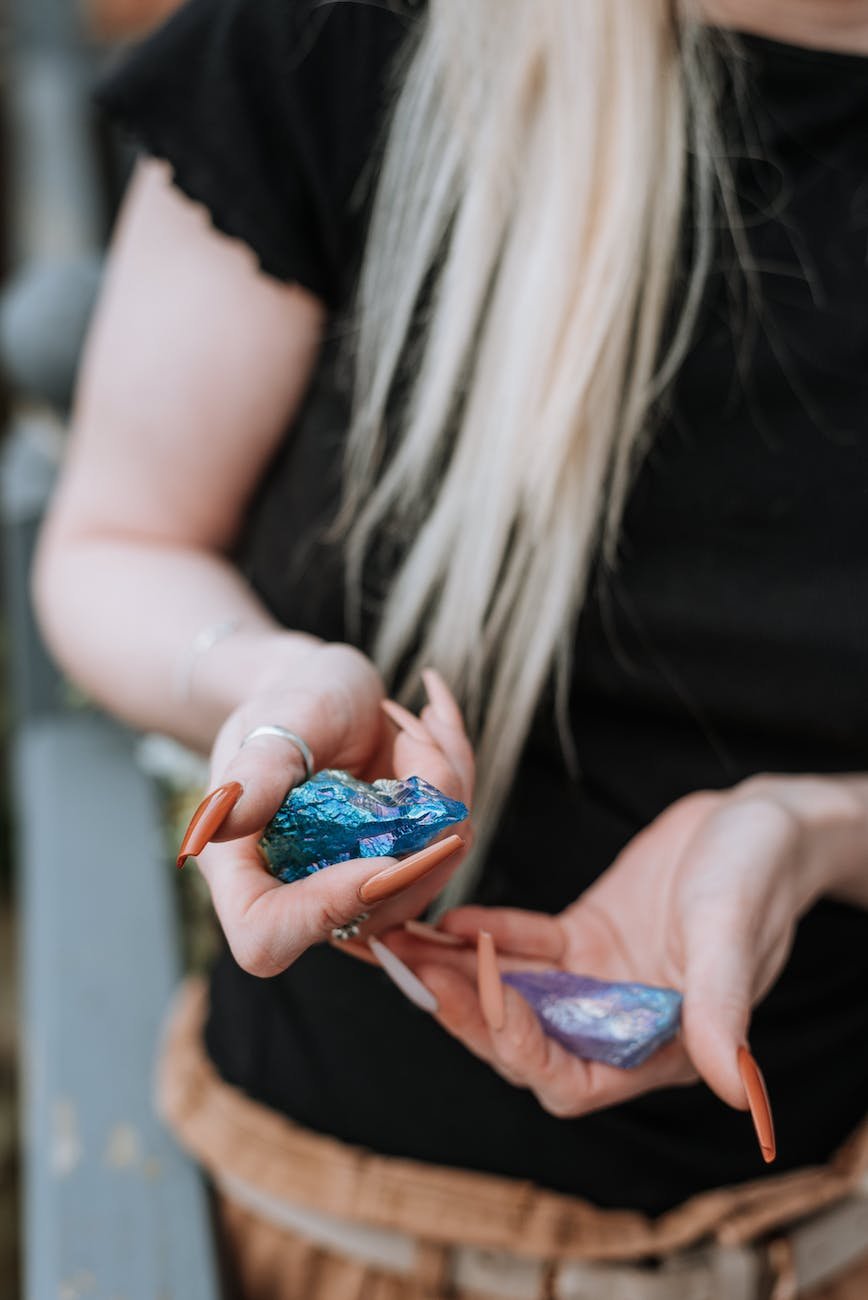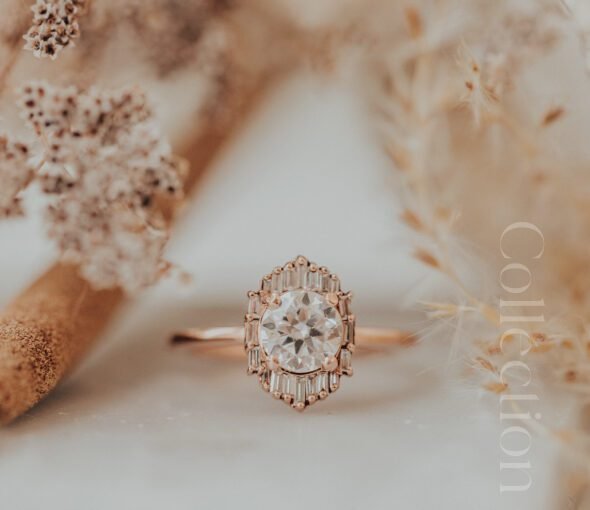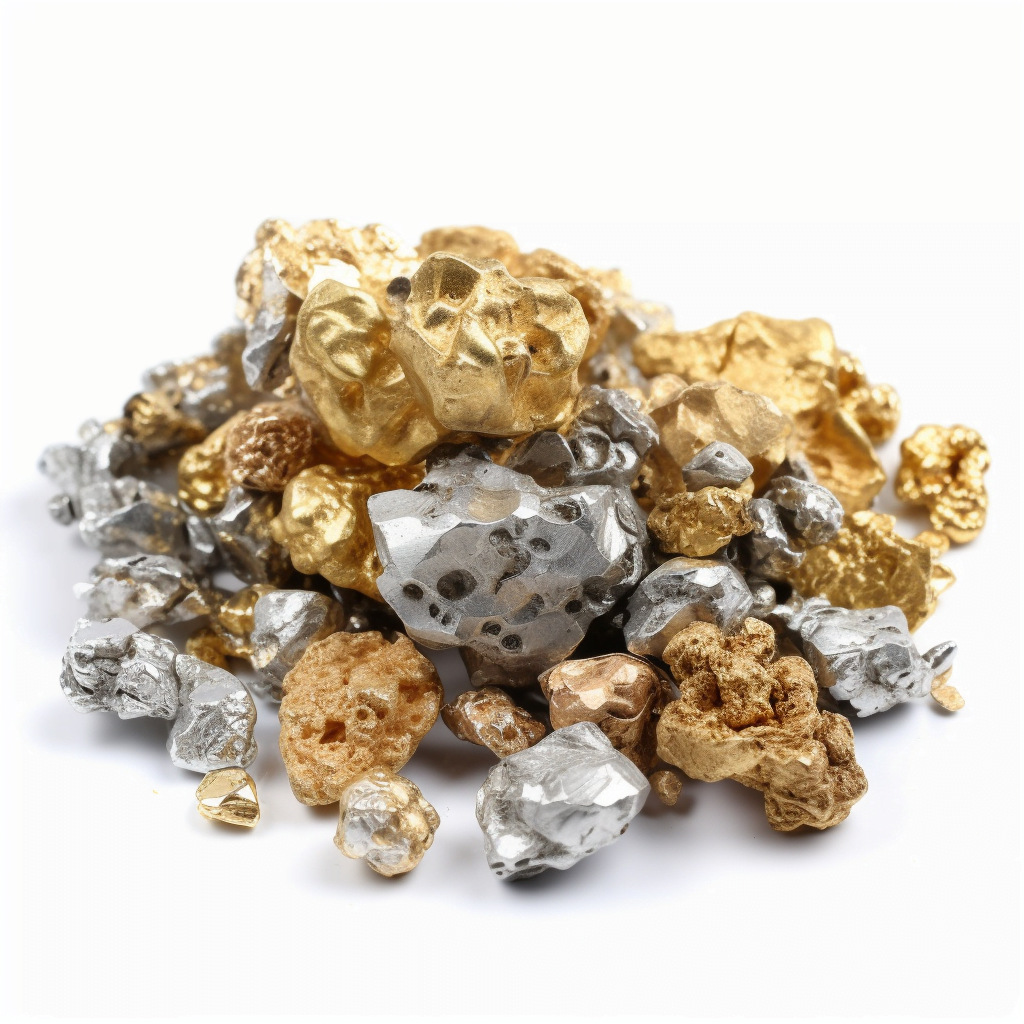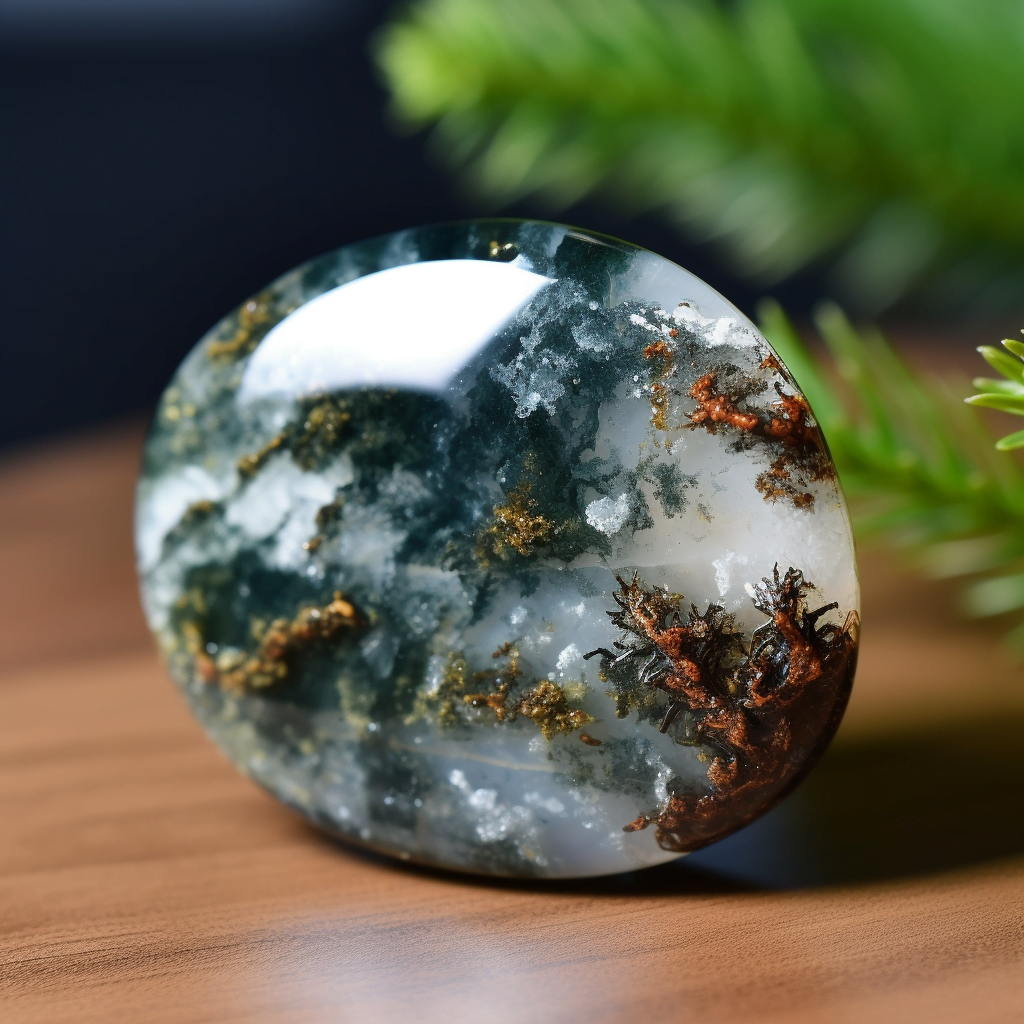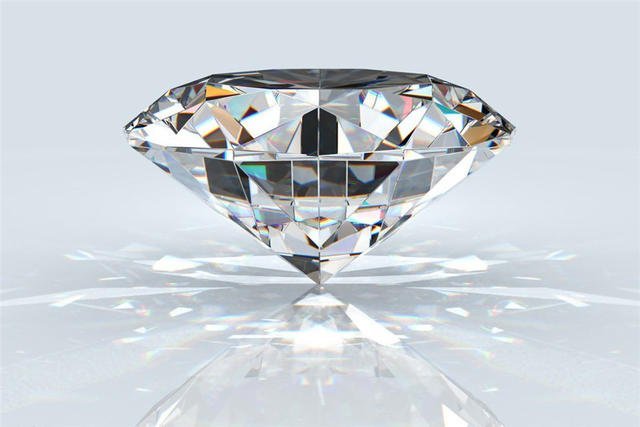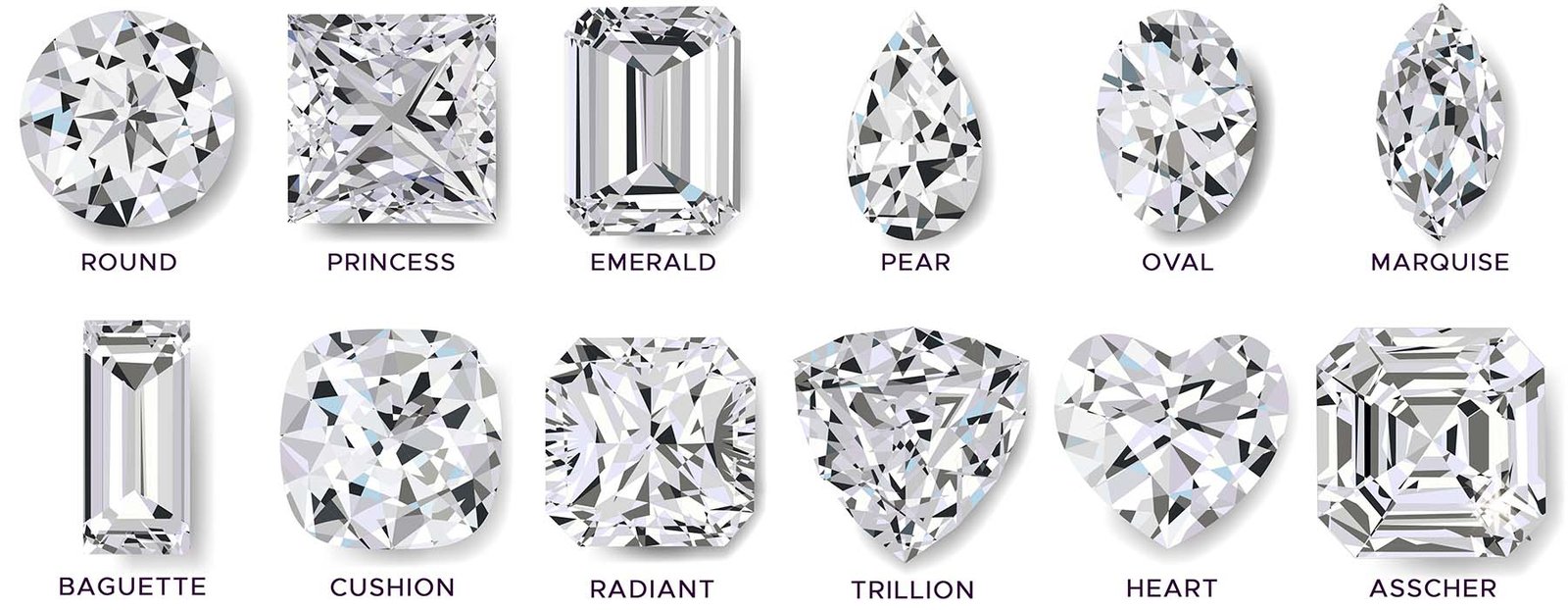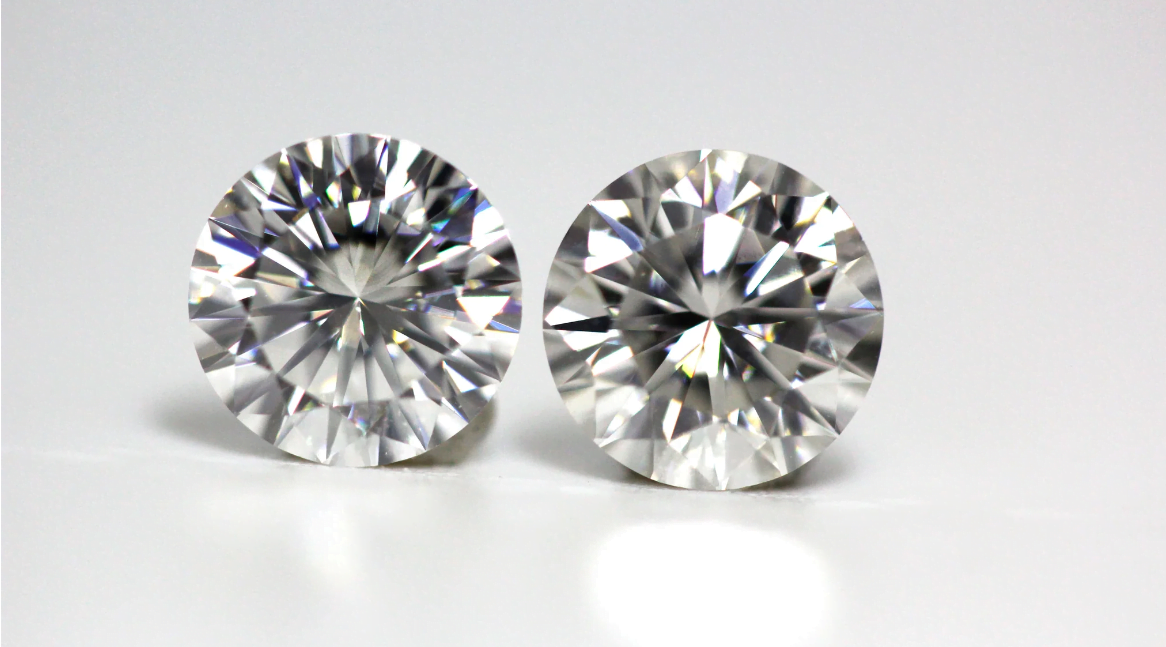Moissanite Engagement Rings: A Complete Guide for the Perfect Proposal
Are you looking for the perfect engagement ring that will make your partner’s heart skip a beat? Look no further than moissanite engagement rings! Moissanite, a gemstone that looks like a diamond, is a popular alternative to diamonds due to its affordability, durability, and brilliance. In this article, we will guide you through everything you need to know about moissanite engagement rings, from its origin to its features and how to choose the perfect one for your partner. What is Moissanite? Moissanite is a gemstone that is composed of silicon carbide. It was discovered by a French scientist, Henri Moissan, in 1893 in a meteorite crater in Arizona. Moissanite is a naturally occurring mineral, but it is incredibly rare and is only found in very small quantities in nature. As a result, moissanite used in jewelry is created through a process called “high-pressure high-temperature” (HPHT), which replicates the conditions under which natural moissanite is formed. History of Moissanite Moissanite was first discovered by Henri Moissan in 1893, but it was not until the 1990s that moissanite began to be used in jewelry. In 1998, Charles & Colvard, a company that specializes in creating moissanite gemstones, patented the process for creating gem-quality moissanite. Since then, moissanite has become increasingly popular as a diamond alternative due to its affordability and beauty. Differences between Moissanite and Diamonds Moissanite and diamonds may look similar to the naked eye, but there are several differences between the two. The most significant difference is their chemical composition. While diamonds are made of carbon, moissanite is made of silicon carbide. Moissanite is also more brilliant than a diamond, meaning it reflects more light and has more sparkle. However, diamonds are still more durable and have a higher refractive index, which means they reflect more light at a different angle. Advantages of Moissanite Engagement Rings Moissanite engagement rings have several advantages over diamond rings. Firstly, moissanite is more affordable than diamonds, meaning you can get a bigger and more brilliant stone for your budget. Moissanite is also more durable than diamonds, with a 9.25 on the Mohs scale of hardness compared to a diamond’s 10. This means it is less likely to scratch or chip over time. Finally, moissanite is a more ethical and sustainable choice than diamonds, as it is not associated with the environmental and ethical issues that often surround diamond mining. How to Choose the Perfect Moissanite Engagement Ring When choosing a moissanite engagement ring, there are several factors to consider: Cut The cut of the stone determines how much light it reflects, and therefore how much it sparkles. A well-cut moissanite will have a brilliant sparkle, so it’s important to choose a cut that will showcase the stone’s beauty. The most popular cuts for moissanite engagement rings are round, cushion, and princess. Carat Weight Carat weight refers to the size of the stone, and it’s important to choose a size that will suit your partner’s preferences and your budget. Moissanite is more affordable than diamonds, so you can get a larger stone for your budget. Color Moissanite is graded on a color scale, with D being colorless and K being slightly yellow. The color of the stone you choose will depend on personal preference, but keep in mind that a more colorless stone will appear brighter and more sparkly. Clarity Moissanite is a very clear gemstone, but it can still have small inclusions that affect its clarity. Choose a stone with good clarity, meaning few or no visible inclusions. Certification Forever One Moissanite The highest quality Moissanite comes from CHARLIES&COLVAED’s Forever One series, which requires flawless cutting with a 99.9% flaw-free rate. The gemstone has a smooth texture and a brilliant diamond-like sparkle. The color requirement for Forever One Moissanite is D-F, and the material is nearly the same as high-quality natural diamonds. In terms of clarity, Forever One Moissanite contains only 0.001% impurities under a 10x magnifying glass, achieving a clarity grade of FL-IF with only a few being VVS. Of course, Forever One Moissanite comes at a premium price. Ordinary Moissanite Moissanite is also sold in many jewelry stores, but customers have reported receiving gemstones that do not match the advertised quality, especially when purchasing online. The quality of Moissanite in the market can be unstable, with uneven cutting, insufficient surface smoothness, and colors ranging from G-J, K-M or even lower grades. The clarity can range from SI to IJK, and the quality and price can be inconsistent and difficult to distinguish. Oveela Moissanite At Oveela, we only select high-quality Moissanite. Our experienced gemstone selectors personally visit Moissanite suppliers to handpick each gemstone and strictly screen them according to our usage standards. We demand smooth and symmetrical cutting for each gemstone, a clarity grade of VVS, and a color grade of D-F. Compared to Forever One Moissanite, our Oveela Moissanite is priced much lower, but we strive to approach Forever One Moissanite’s standards in terms of quality. Oveela Moissanite can fulfill your every expectation for this precious gemstone. Setting The setting of the ring is also important. Choose a setting that will showcase the beauty of the stone while also suiting your partner’s style and preferences. Popular settings for moissanite engagement rings include prong, bezel, and halo. Maintenance of Moissanite Engagement Rings Moissanite engagement rings are relatively low maintenance. To keep your ring looking its best, clean it regularly with warm water and mild soap. You can also take it to a jeweler for professional cleaning and maintenance. Where to Buy Moissanite Engagement Rings At Oveela, we only select high-quality Moissanite. Our experienced gemstone selectors personally visit Moissanite suppliers to handpick each gemstone and strictly screen them according to our usage standards. We demand smooth and symmetrical cutting for each gemstone, a clarity grade of VVS, and a color grade of D-F. You can trust us completely with your selection of engagement rings, wedding bands, and personalized custom rings. Moissanite Engagement Ring FAQ How does moissanite compare to diamonds? While moissanite and diamonds


